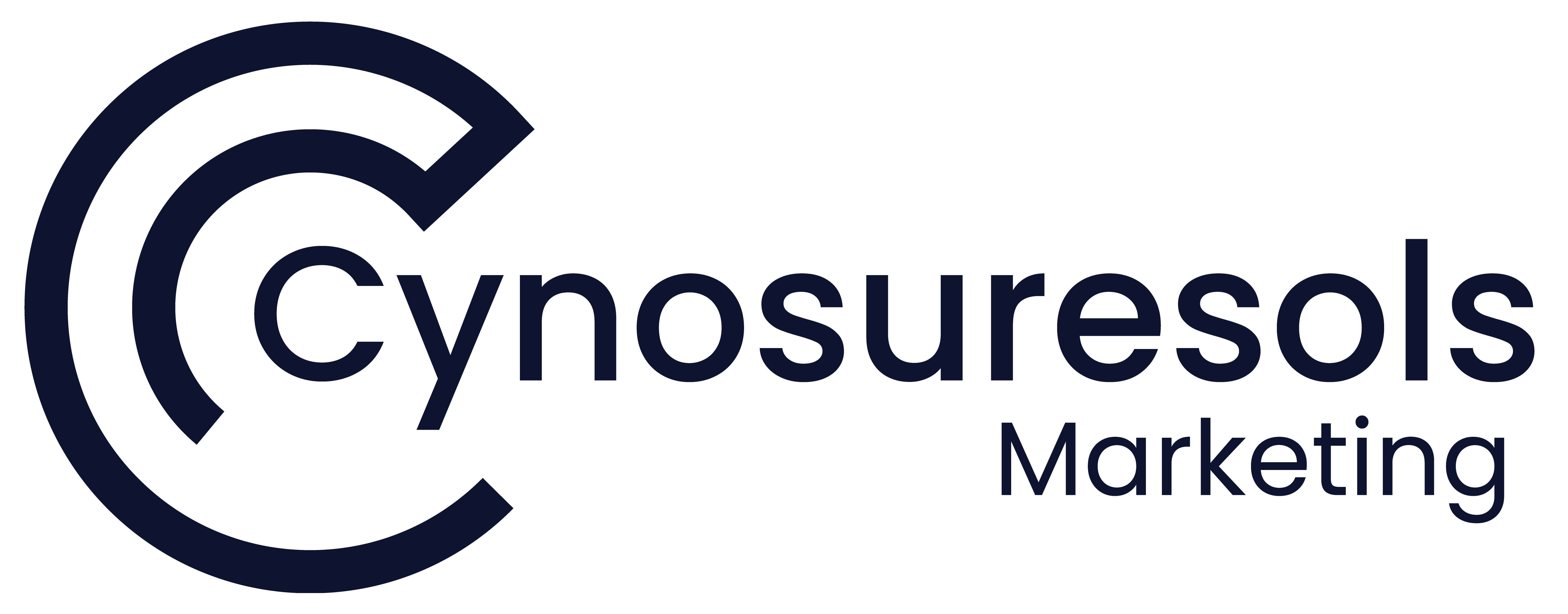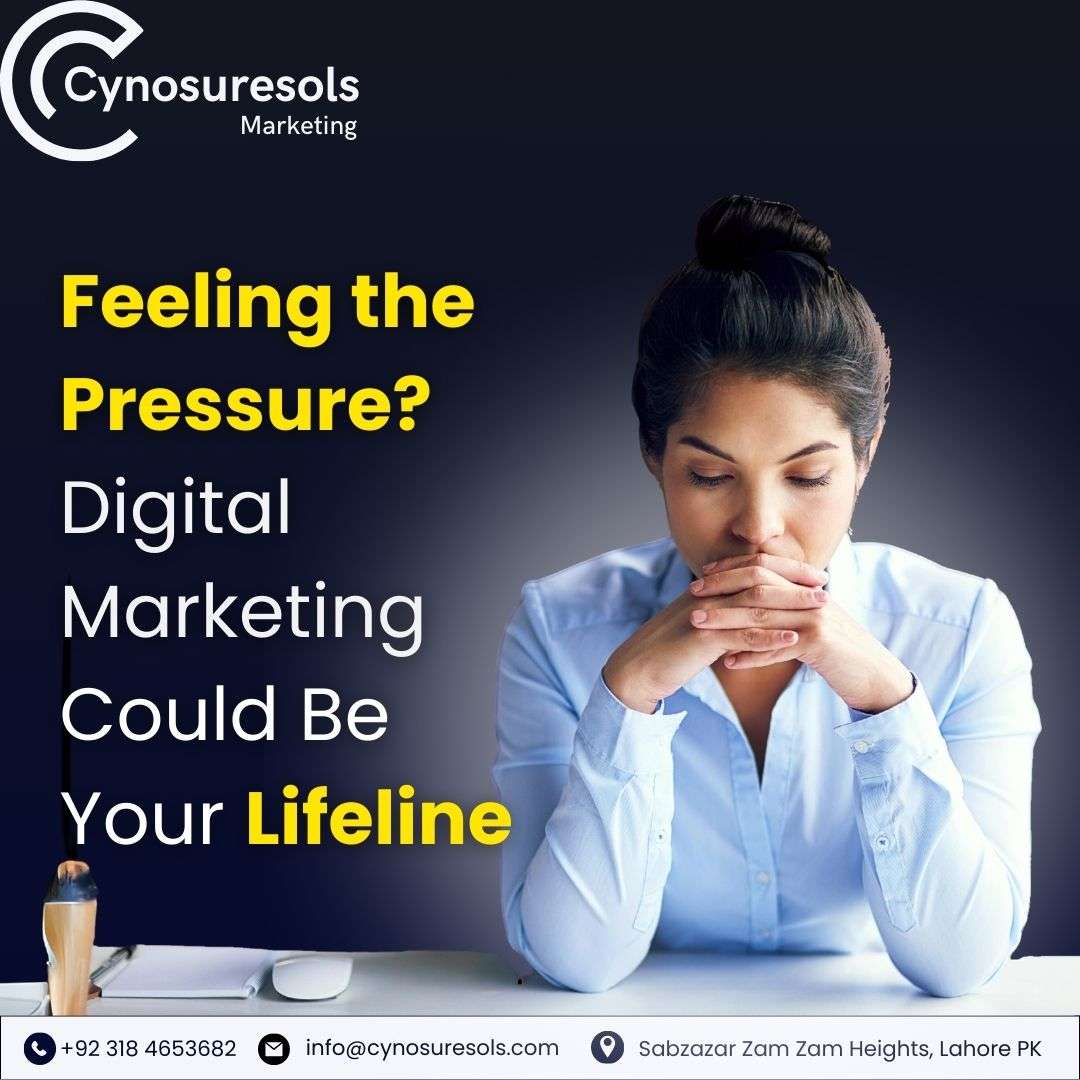Introduction
Graphic design is ever-evolving, and keeping up with the latest trends is crucial for staying relevant and engaging. As we move through 2024, several exciting trends are shaping the way we create and perceive visual content. Whether you’re a seasoned designer or just starting, embracing these trends can significantly enhance your work and appeal.

Minimalism
Definition and History
Minimalism, characterized by simplicity and clarity, has been a dominant design trend for years. Originating in the 1960s, it focuses on stripping down designs to their essential elements, creating a clean and uncluttered look.
Key Elements of Minimalist Design
Minimalist design uses ample white space, limited color palettes, and simple shapes to create a refined and sophisticated aesthetic. It emphasizes functionality and clarity, making it easy for users to navigate and understand.
Examples of Minimalist Design in Action
Brands like Apple and Muji are prime examples of successful minimalist design. Their products and marketing materials exude simplicity and elegance, resonating with a broad audience.
Bold Typography
Rise of Bold Typography
Bold typography is gaining popularity as designers seek to make statements with their text. Large, eye-catching fonts grab attention and convey messages powerfully.
How to Effectively Use Bold Fonts
To use bold typography effectively, pair it with simple backgrounds and minimal distractions. Ensure that the text remains readable and complements the overall design.
Case Studies of Brands Using Bold Typography
Brands like Nike and Netflix utilize bold typography to create strong, memorable messages. Their use of striking fonts helps in establishing a robust brand presence.
3D Design and Typography
The Evolution of 3D in Graphic Design
3D design has transitioned from a novelty to a mainstream trend. Advances in technology have made it easier to create stunning 3D graphics and typography.
Techniques for Creating 3D Effects
Using software like Blender or Adobe Dimension, designers can create realistic 3D effects. Techniques include adding shadows, gradients, and textures to enhance depth and dimension.
Impact of 3D Design on User Engagement
3D design can significantly boost user engagement by adding a layer of interactivity and realism. It captures attention and makes digital experiences more immersive.
Organic Shapes and Lines
Shift from Geometric to Organic
There is a growing shift from rigid geometric shapes to more fluid and organic forms. Organic shapes mimic nature, bringing a sense of harmony and flow to designs.
Incorporating Organic Shapes in Design
To incorporate organic shapes, use curves and asymmetrical forms. These elements can soften the look of your designs and make them feel more approachable.
Benefits of Using Organic Elements
Organic shapes add a natural, human touch to designs. They can evoke feelings of comfort and relaxation, enhancing the overall user experience.
Muted Color Palettes
Understanding Muted Colors
Muted colors are less saturated, creating a softer and more subdued look. They are versatile and can evoke a wide range of emotions, from calmness to nostalgia.
Popular Muted Color Combinations
Combinations like dusty pink with sage green or soft blues with warm grays are popular. These palettes create a harmonious and sophisticated feel.
Applications of Muted Colors in Branding
Muted colors work well in branding, as they create a professional and timeless look. They are particularly effective in industries like fashion, wellness, and tech.
Asymmetry and Broken Grid Layouts
Breaking the Mold of Traditional Grids
Traditional grid layouts offer structure but can feel predictable. Asymmetry and broken grids introduce a sense of dynamism and excitement.
Designing with Asymmetry
When designing with asymmetry, balance visual weight across the layout. This creates interest without making the design feel chaotic.
Visual Interest and User Experience
Asymmetrical designs can guide users’ eyes in unexpected ways, making the experience more engaging. They break the monotony and encourage exploration.
Sustainable and Eco-Friendly Design

Importance of Sustainability in Design
Sustainability is becoming a critical consideration in design. Eco-friendly practices not only benefit the planet but also resonate with conscious consumers.
Techniques for Eco-Friendly Design
Use sustainable materials, opt for digital rather than print, and consider the lifecycle of your design products. Eco-friendly designs often incorporate earthy tones and natural textures.
Examples of Sustainable Design Practices
Brands like Patagonia and IKEA are leading the way in sustainable design. They use recycled materials and promote sustainability through their products and branding.
Abstract and Dreamy Illustrations
Characteristics of Abstract Art
Abstract art is characterized by non-representational forms and vibrant colors. It allows for creative expression and evokes emotions through shapes and patterns.
Creating Dreamy Illustrations
Dreamy illustrations often feature soft gradients, pastel colors, and whimsical elements. They transport viewers to imaginative worlds and create a sense of wonder.
Trends in Illustration Styles
Current trends include combining abstract elements with realism, and creating a unique and engaging visual language. This blend adds depth and intrigue to illustrations.
Vibrant Gradients
The Comeback of Gradients
Gradients are making a strong comeback, adding depth and dimension to designs. They create smooth transitions between colors, making visuals more dynamic.
Techniques for Creating Stunning Gradients
Use color palettes that complement each other and experiment with different directions and shapes. Gradients can be applied to backgrounds, text, and images.
Using Gradients in Various Media
Gradients are versatile and can be used in web design, print, and branding. They add a modern touch and can make designs stand out.
Retro and Vintage Aesthetics
Nostalgia in Design
Nostalgia is a powerful tool in design, evoking positive emotions and memories. Retro and vintage aesthetics tap into this sentiment, creating a familiar and comforting feel.
Elements of Retro and Vintage Styles
These styles often feature bold colors, classic typography, and nostalgic imagery. They draw inspiration from past decades, creating a timeless appeal.
Modern Takes on Vintage Design
Combining retro elements with modern techniques creates a fresh and unique look. This fusion appeals to both older and younger audiences.
Motion Graphics and Animation
Importance of Motion in Digital Media
Motion graphics and animation add life to digital media. They can explain complex concepts, tell stories, and captivate audiences in ways static images cannot.
Types of Motion Graphics
Common types include explainer videos, logo animations, and interactive infographics. Each type serves a specific purpose and enhances user engagement.
Enhancing User Engagement with Animation
Well-designed animations can guide users, highlight important information, and make the overall experience more enjoyable. They keep users on your site longer and improve interaction rates.
Augmented Reality (AR) Design
What is AR in Graphic Design?
AR integrates digital elements into the real world, offering an interactive experience. It’s used in apps and marketing campaigns to create immersive experiences.
Applications of AR in Branding and Marketing
Brands use AR for virtual try-ons, interactive advertisements, and product demonstrations. It provides a unique way to engage with consumers and stand out from competitors.
Future of AR in Graphic Design
As technology advances, AR will become more prevalent in graphic design. It offers endless possibilities for creativity and interaction.
Inclusive Design
Principles of Inclusive Design
Inclusive design ensures that products are accessible to as many people as possible, regardless of ability or background. It’s about designing for diversity and inclusion.
Creating Accessible Designs
Use readable fonts, high-contrast color schemes, and clear navigation. Consider the needs of users with disabilities and ensure your designs are usable by everyone.
Benefits of Inclusivity in Design
Inclusive design not only broadens your audience but also demonstrates social responsibility. It can enhance brand reputation and foster loyalty among diverse groups.

Conclusion
Staying updated with graphic design trends is essential for maintaining a competitive edge and engaging your audience. From bold typography to sustainable design, these trends offer exciting opportunities to enhance your visual content. Embrace these trends, experiment with new ideas, and watch your brand thrive in 2024.
FAQs
What is the most important graphic design trend for 2024?
While all trends are significant, the rise of bold typography and 3D design stands out for their ability to captivate and engage audiences.
How can small businesses incorporate these trends?
Small businesses can start by experimenting with DIY design tools and incorporating elements like bold typography and muted color palettes into their branding.
Are there any trends that are not recommended?
Trends that compromise usability or accessibility, such as overly complex animations, should be avoided. Always prioritize user experience.
How often should a brand update its design to stay trendy?
Brands should regularly review and update their designs, ideally every year, to incorporate current trends and stay fresh.
Can following trends help in improving brand visibility?
Yes, adopting contemporary design trends can make your brand more appealing and relevant, thus improving visibility and engagement.




1 thought on “Top Graphic Design Trends You Must Follow”
Pingback: Boost Your Brand Design - cynosuresols